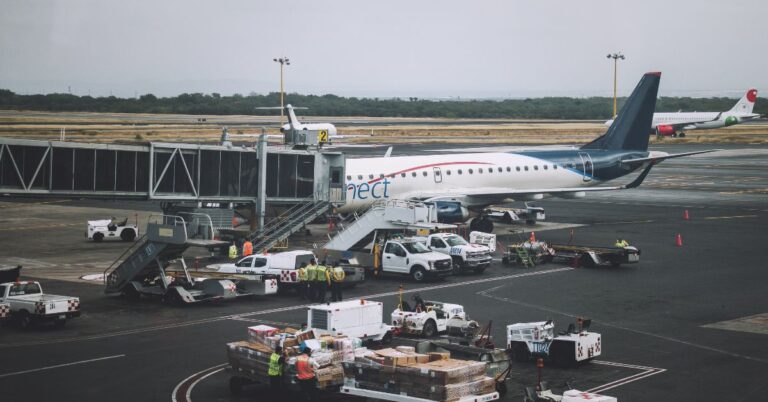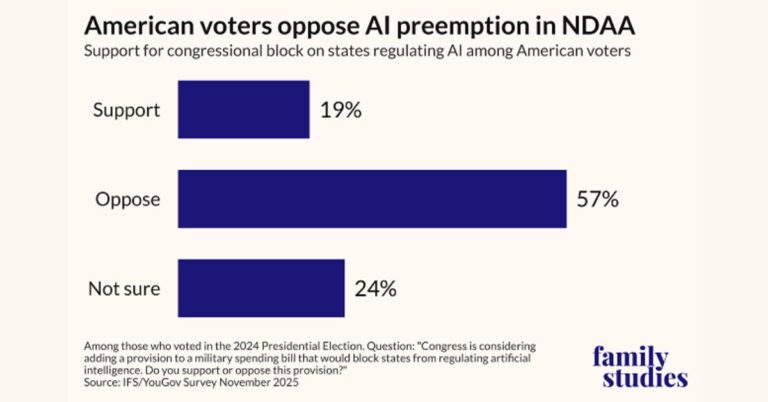This article is part of the TeckNexus Smart Aviation Transformation Series. Next in the series → The Connected Terminal: Rethinking Safety and Scalability with Smarter Infrastructure
Join Us at MWC Las Vegas 2025
Don’t miss the Smart Aviation Summit: Smart Airports 2.0 — Revenue, AI & Data in the New Aviation Economy on Wednesday, October 15 (10:45 am – 5:00 pm PDT) at Fontainebleau Las Vegas.How to Join in 3 Simple Steps:
1️⃣ Register for MWC Las Vegas 2025 → Create Your Account
2️⃣ Apply Discount → Use code MWCLVISS50 to get 50% off your ticket
3️⃣ Secure Your Spot → Smart Aviation Summit: Smart Airports 2.0
Smart Airports: The Digital Transformation of Airport Ecosystems
Airports are rapidly evolving beyond their traditional role as transit hubs. They are becoming complex digital ecosystems — smart cities in miniature — where technology drives the seamless flow of people, luggage, and operations. As passenger numbers continue to climb and traveler expectations shift toward contactless, personalized services, airport operators are investing in digital transformation at scale. At the heart of this change are artificial intelligence (AI), private 5G, and digital twins. These three technologies are working in sync to boost efficiency, improve passenger satisfaction, and support future-ready airport operations.
AI: Driving Intelligent Operations and Personalization
AI is the core intelligence behind today’s smart airports. By processing vast volumes of real-time data from multiple sources, AI enables more informed decision-making across operations. With predictive analytics, airports can anticipate issues like flight delays, gate conflicts, or resource bottlenecks. This enables proactive adjustments to staffing, aircraft turnaround times, or terminal flow – all critical to reducing delays and optimizing throughput.
AI-powered computer vision is also being applied to aircraft servicing activities such as fueling, baggage handling, and cabin cleaning. These applications help monitor operations in real time, enabling faster aircraft turnaround and reducing the risk of delays. Meanwhile, predictive maintenance tools utilize AI to identify potential equipment issues before they lead to system failures, thereby improving uptime and reducing operational costs.
Security is also benefiting from AI. Machine learning algorithms support faster, more accurate baggage screening and biometric identification. These solutions speed up security checkpoints and help enforce compliance without sacrificing traveler experience.
On the passenger-facing side, AI enables biometric-based check-in and boarding processes that are both touchless and efficient. Real-time updates powered by AI notify travelers of gate changes, boarding times, and baggage status, reducing stress and improving overall satisfaction. AI-driven chatbots and virtual assistants offer 24/7 multilingual support, delivering timely responses to passenger inquiries. Inside terminals, AI personalizes offers from retailers and hospitality providers, using data like previous purchases or travel history to tailor experiences.
Private 5G: The Digital Backbone of Airport Operations
While AI provides intelligence, private 5G delivers the ultra-reliable connectivity that these applications depend on. Unlike shared public networks or legacy Wi-Fi systems, private 5G offers dedicated, high-bandwidth, and low-latency communication across the entire airport environment. This ensures that mission-critical applications — from autonomous vehicles to video surveillance — remain connected with minimal interruptions.
In operations, private 5G supports real-time data exchange between systems. This includes AI-enhanced video surveillance for threat detection, autonomous vehicles for luggage handling or maintenance, and IoT systems that track baggage in real time from check-in to arrival. With this level of connectivity, airport managers gain greater control and visibility into operations — even in areas that were previously network dead zones.
From the traveler’s perspective, private 5G unlocks richer digital experiences. AR applications for wayfinding help passengers navigate large terminals with ease. Biometric verification checkpoints operate more smoothly, eliminating latency that could delay identity confirmation. Retailers can offer mobile checkout and cashier-less stores, improving convenience for time-sensitive travelers. Behind the scenes, private 5G supports AI-enabled inventory management to ensure stores are always stocked with high-demand items.
Digital Twins: Real-Time Replication for Smarter Decisions
Digital twins — virtual replicas of airport systems — are helping operators model, monitor, and manage the airport environment with unprecedented accuracy. By collecting data from IoT sensors, cameras, and operational databases, digital twins provide a live, visual representation of airport assets and workflows.
Airport managers can use digital twins to simulate “what-if” scenarios before executing changes. For example, they can model the impact of a new gate configuration, staff reallocation, or emergency response without affecting live operations. These insights help reduce trial-and-error decision-making and optimize airport layouts and resource allocation.
Digital twins also enhance daily management. Predictive maintenance models identify early warning signs in baggage systems, HVAC, or escalators, helping teams fix issues before breakdowns occur. A unified digital view across airport systems improves coordination among different departments — from security to passenger services.
Sustainability also benefits. Digital twins track energy usage in real time, highlight inefficiencies, and test decarbonization strategies. This data helps airports meet environmental targets while also controlling utility costs.
For passengers, the effects are equally tangible. Airports use digital twins to analyze crowd flows, enabling dynamic staff allocation or real-time re-routing to avoid congestion. During disruptions like weather delays, digital twins support instant scenario planning to reroute flights or passengers, ensuring minimal confusion and disruption.
Passenger and Operator Benefits Aligned
The combined adoption of AI, private 5G, and digital twins is reshaping how airports function and how travelers experience them. Passengers now expect biometric boarding, personalized retail experiences, and real-time updates throughout their journey. These technologies make that possible — while also enhancing operational resilience and reducing manual workloads.
From an operations standpoint, predictive analytics optimize scheduling, AI automates decision-making, and digital twins provide integrated visibility across all systems. All stakeholders — airlines, airport authorities, vendors — can access a single version of truth to collaborate better. Moreover, energy optimization and equipment monitoring contribute to sustainability goals, helping airports operate more responsibly.
Ultimately, the convergence of these technologies leads to smarter operations, happier passengers, and stronger financial performance for airport operators.
The Future of Airport Digital Transformation and Connected Travel
As AI, private 5G, and digital twins mature, airports will continue evolving into digitally connected, passenger-first environments. For travelers, this evolution promises fewer delays, more personalized services, and a smoother journey from curb to gate. For operators, it delivers better efficiency, improved collaboration, and more sustainable practices.
In the coming years, the success of an airport will not be measured solely by its ability to manage flight volumes, but by how seamlessly it integrates people, processes, and technology. Airports that embrace this transformation are positioning themselves at the forefront of a smarter, safer, and more human-centric travel experience.







































